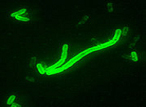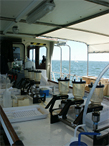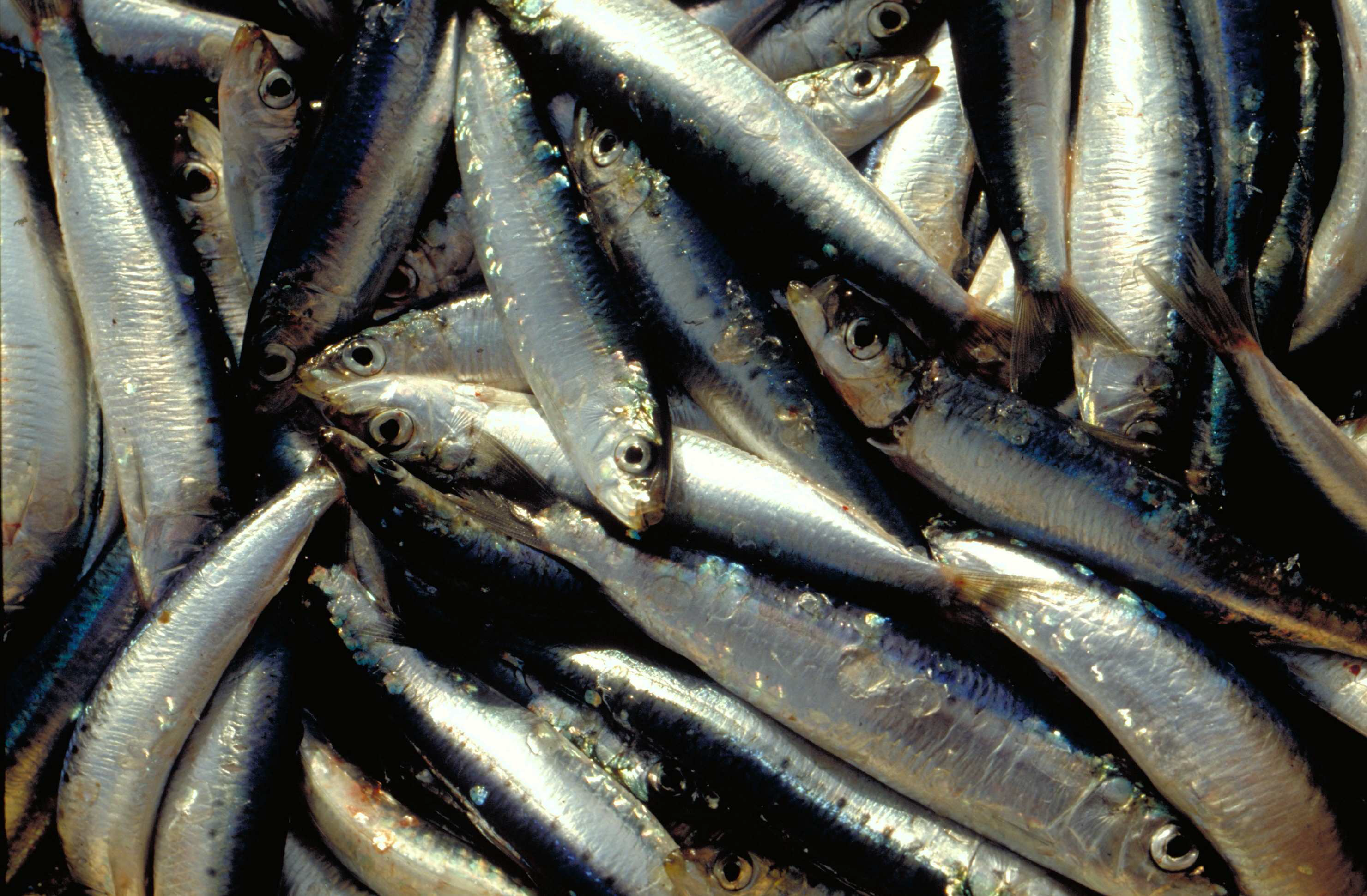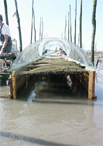Phytoplancton
Type of resources
Available actions
INSPIRE themes
Provided by
Years
Representation types
Update frequencies
status
-

La production primaire du Bassin d’Arcachon est dominée par les herbiers de zostères en zone intertidale. Avec la production du microphytobenthos et du phytoplancton, cette activité photosynthétique est un puit de CO2 atmosphérique et la source de matière organique majeure dans le milieu aquatique. Les quelques mesures de production (lumière) et de respiration (obscurité) réalisées jusqu’ici l’ont été à l’aide de chambres benthiques émergées (marée basse) et immergées (marée haute) qui restent lourdes à déployer et intègrent mal la variabilité spatiale et temporelle (saison, jour/nuits, marée) du milieu. L’objectif de ce travail est d’utiliser des mesures automatisées de flux de CO2 par Eddy-covariance pour appréhender la production nette de l’écosystème intertidal. Cette méthode de référence dans les écosystèmes terrestres, mais qui n’a jamais été appliquée au milieu côtier, est la seule permettant d’intégrer de manière satisfaisante les variations de marée et d’ensoleillement.
-

Mesures des abondances du pico et du nano plancton (procaryotes et phytoplancton) dans le Bassin d'Arcachon par cytométrie en flux au niveau de 3 stations (Bouée 13, Tès et Comprian).
-
Suivi annuel haute fréquence en deux points du Bassin d'Arcachon des communautés planctoniques autotrophes en termes de biomasse, diversité, production primaire et de paramètres physiques et chimiques accompagnateurs.
-
Il s'agit d'un suivi des communautés phytoplanctoniques du Bassin d'Arcachon en terme de diversité taxonomique et d'abondance. Le suivi est réalisé au sein des 2 masses d'eau caractéristiques du Bassin: les eaux néritiques externes et internes.
-

Caractérisation temporelle des paramètres environnementaux et des ressources alimentaires disponibles pour les huitres.
-

The annual PELMED (PELagiques MEDiterranée) fisheries resource assessment campaign is carried out by the Laboratoire Halieutique Méditerranée of the Ifremer station in Sète. The objectives of these cruises are : 1. Evaluate the biomass of small pelagic fish (anchovies, sardines) by direct method. For this, the campaign must alternate between acoustic prospecting and identification trawling. An acoustic signal is sent from a sounder fixed under the vessel and each time it encounters the bottom or schools of fish, it is reflected and retransmitted to the sounder. In this way, the shape and intensity of these echoes that materialize the schools of fish can be observed continuously. Species identification trawls are carried out in order to define the proportion of species present in the echoes detected. 2. Collecting as many biological parameters as possible on the target species of small pelagics (anchovies, sardines, sprats) to better understand the population dynamics of these species. For this purpose, morphometric measurements, as well as the determination of the sex and maturity stage of the fish are carried out. Finally, otoliths are taken in order to determine the age of the fish. These biological parameters are very important to complete the biomass assessment and have a better understanding of the processes underlying the variability of these populations. This allows for example to determine the age structure or size structure of the populations, to have an idea of their energy reserves, etc. 3. To better understand the pelagic ecosystem as a whole, from plankton to top predators. The primary goal of the PELMED cruise is to evaluate small pelagic stocks, but it also aims to accumulate as much data as possible on the different compartments of the pelagic ecosystem, from physical parameters (temperature, salinity) to top predators (marine mammals, birds), through the different lower trophic levels (phyto- and zooplankton, small pelagic fish). Thus, after each trawling, a hydrological station is carried out with the measurement of temperature and salinity along the water column via a CTD, water and phytoplankton samples with a Niskin bottle and zooplankton samples using a vertical line of WP2. Finally, throughout the campaign we carry out the observation and counting of birds and marine mammals. In addition to the understanding of the ecosystem, this should provide a number of indicators necessary for monitoring the marine environment under the MSFD (Marine Framework Directive).
-

Caractérisation des flux trophiques et échanges de matières particulaires le temps d’une marée et en fonction du cycle physiologique des huîtres. Détermination de leur comportement. Différence huîtres d’origines naturelles et cultivées.
 Mon GéoSource
Mon GéoSource